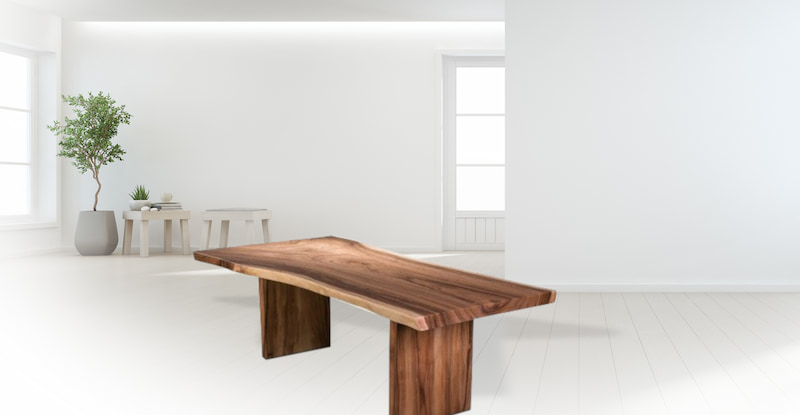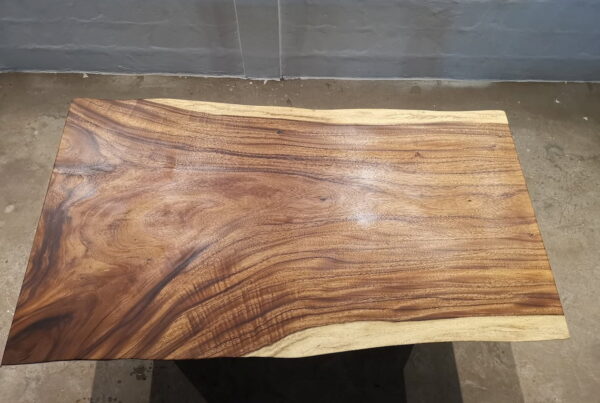
Using simple lines and straight, smooth curves, the minimalist style in interior design emphasizes the clean look and feel. Pale terra-cottas and neutral colors often pair well with this style. Walls may be painted a pale shade of a natural color such as sky blue, and storage may be hidden away in a wall or a large closet might be covered with reflective mirror doors. The result is a clean, modern-looking space that is easy to maintain.
Less is more
Japanese design incorporates Scandinavian and Nordic design and allows for less furniture. The minimalist approach calls for individuality and creativity, and emphasizes simplicity. Ultimately, less is more. It is important to incorporate your personality and aesthetic sense, but the key to achieving this look is in keeping things as simple as possible. This style is also suitable for contemporary homes. Here are some tips to make your minimalist design and furnishing a success:
In a minimalist interior, there is no need to fill every inch. Instead, create a proper balance by letting space breathe. An empty room allows natural light to filter in, making the room appear larger. Having more space allows decorative pieces to stand out. To obtain best results, avoid cluttering the room by having too many small items. Instead, use fewer but bigger items to spruce up the space.
Straight lines
Minimalism first gained traction in the 90s, when it was driven by the appeal of clean lines. Modernists such as John Pawson were among those to pioneer this look, while Christian Liaigre, of the famous Mercer Hotel in New York City, was a prominent champion of austere minimalism. The style is now synonymous with designers such as Helmut Lang and Calvin Klein.
Modernists have long favored straight lines, as they accentuate the essence of the room. The idea behind this type of interior design is to keep all things as simple as possible while promoting uninterrupted eye movement. This minimalist style also requires furniture and fittings to be simple in form and function. White is the default color for minimalist interiors, and large, flat tiles are a natural ally. Its neutrality and flatness make white an obvious choice.
Smooth curves
The simplicity of minimalist design is the hallmark of this style. The concept of less is more and quality over quantity has become an important factor in modern furnishings. The smooth curves and minimal shapes of modern furniture are an extension of this trend. Modern furniture styles have been characterized by minimalist aesthetics for a while, but smooth curves are making a comeback today.
One of the main elements of minimalism is natural light. Natural light is a wonderful way to create coziness and warmth in a room. Using natural light allows the room to appear larger than its actual size. Minimalist textures can be added with wood or faux stone tiles. Neutral color tones will easily fit with these textures. This style is perfect for those who want to live simply and enjoy the benefits of simplicity.
Flat planes
The concept of minimalism stresses the use of simple shapes and flat planes. Flat surfaces reflect light and make rooms appear larger. For example, an acacia wood straight cut table or an epoxy resin table embodies this minimalist approach when positioned in a large room with pale brown or white color walls. Not only do these tables come with straight lines, but they also give that different touch of style and glamour design, as to minimize the subtle tones of emptiness the large room might give out. You don’t have to match them with your room decor to incorporate them. Minimalism also emphasizes open floor plans, which allow rooms to flow seamlessly into one another and maximize natural light.
 Warm neutrals
Warm neutrals
When decorating your space with minimal furniture, warmth and natural tones should be the priority. Warm neutrals add comfort, texture, and beauty without being overpowering. Use natural materials for furniture, like wood, stone, or jute, to give the room a warm vibe. Consider neutral paint and wallpaper, and avoid bright colors. Warm neutrals can work well in any setting, from a minimalist studio to a spacious home.
The main feature of a minimalist home is its lack of clutter. Many minimalist homes have white walls, following current design trends. Minimalist interiors also use different textures to play with light and different surfaces. By choosing flat surfaces, light reflects off them, making the space feel more spacious. Incorporate more natural elements in your home, such as plants and vases. Invest in beautiful pieces of furniture.
Texture
Texture can be added to a minimalist interior design by mixing contrasting colors in the same room. For example, a neutral tone with one accent color can be used on the floor and a large decoration piece can be painted in a contrasting color. The contrast color should draw the eye to that element when entering the room. There is an endless array of furnishings available in the market, and there are numerous ways to incorporate it into your minimalist interior design.
One of the most popular trends in modern minimalist design is the Breathe style, which highlights the importance of small details and eliminates clutter. The colours and forms of these designs are kept to the minimum while still creating a clean and airy look. Light shades of natural woods are also used to create an airy effect, while nude tones and aquas are used to provide an extra touch of warmth and beauty.



 Warm neutrals
Warm neutrals![The many uses and benefits of resin tables [part 2]-22](https://ltjarbor.com/wp-content/uploads/2022/01/The-many-uses-and-benefits-of-resin-tables-part-2-22-e1642739105272-600x403.jpg)

